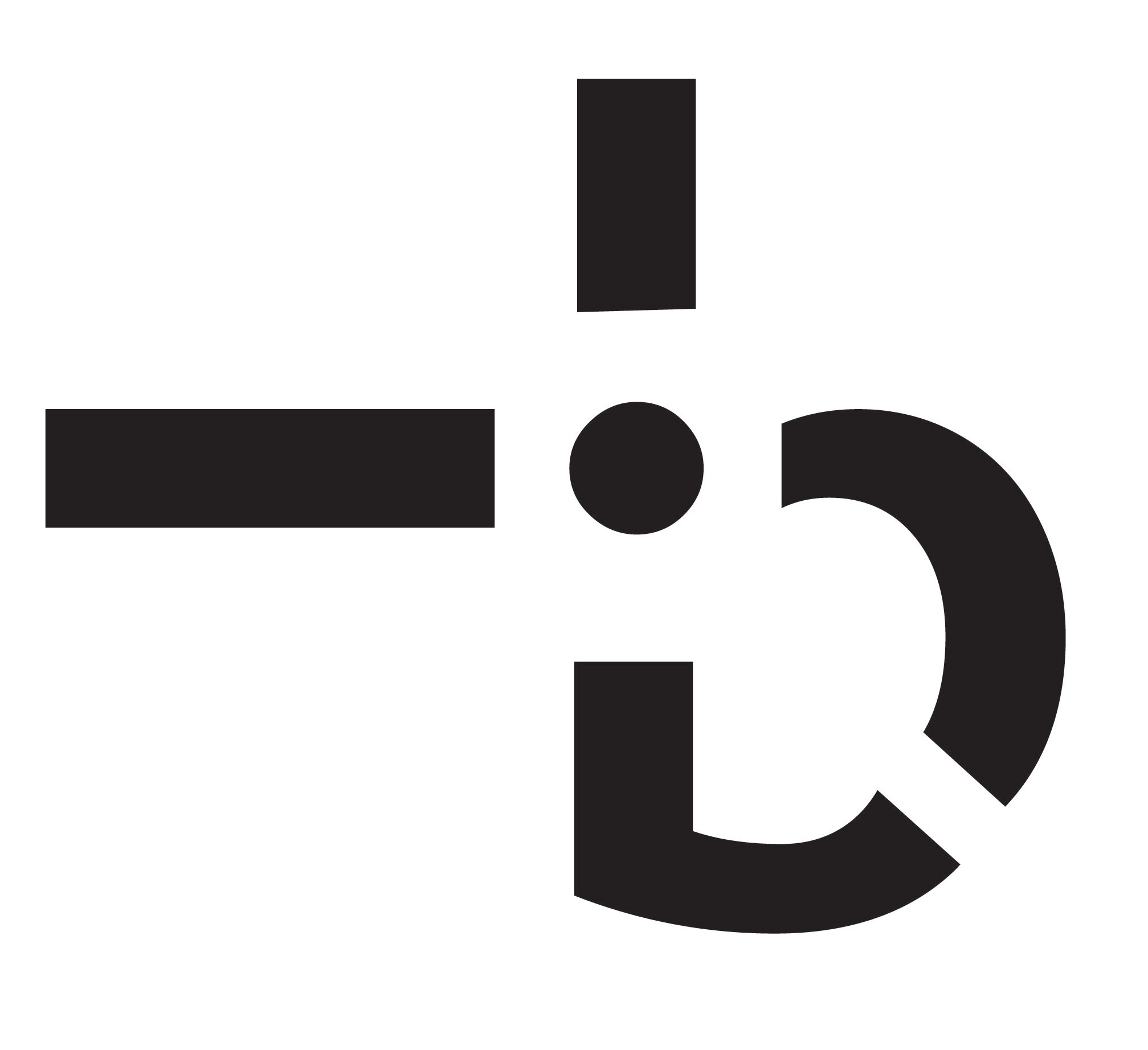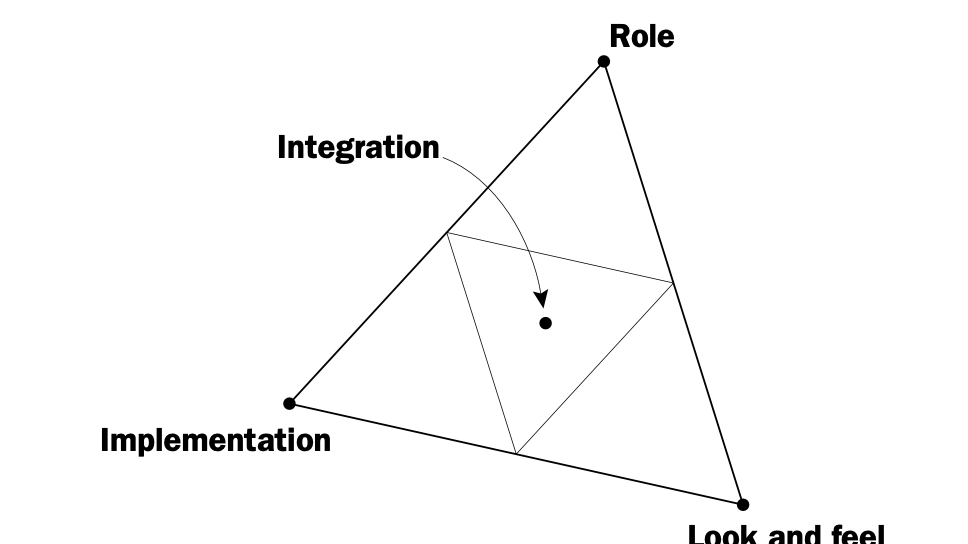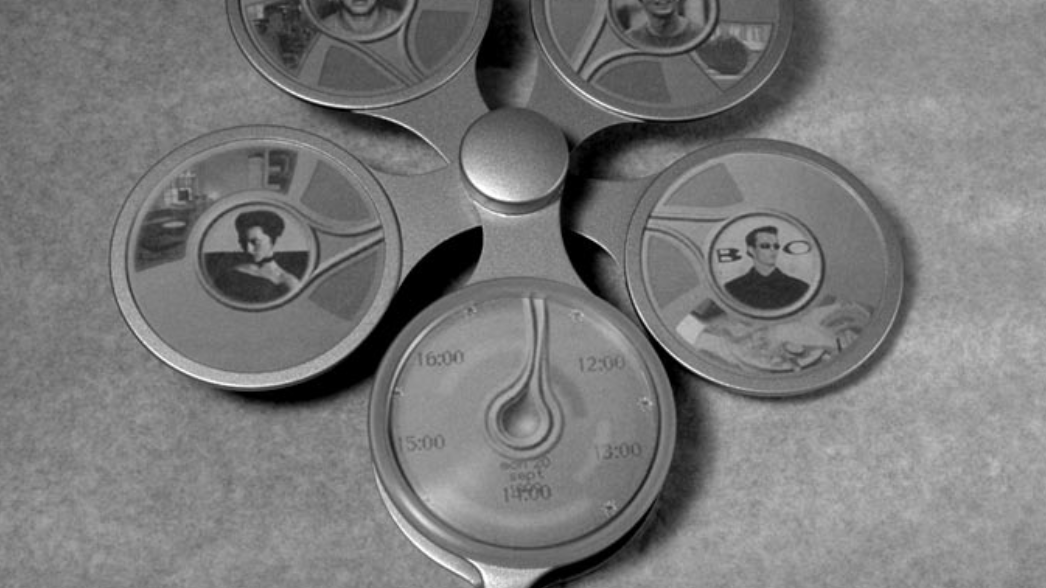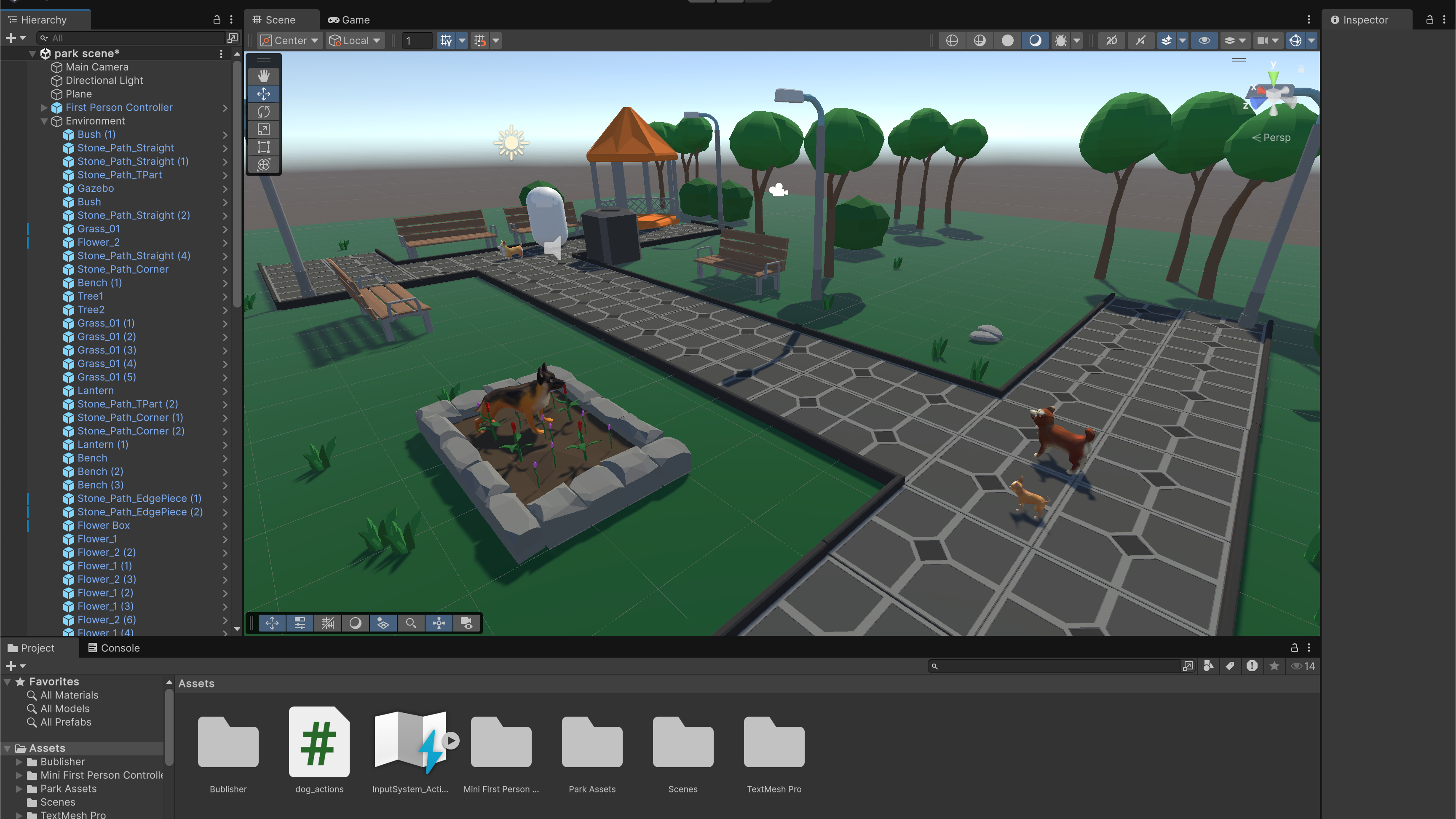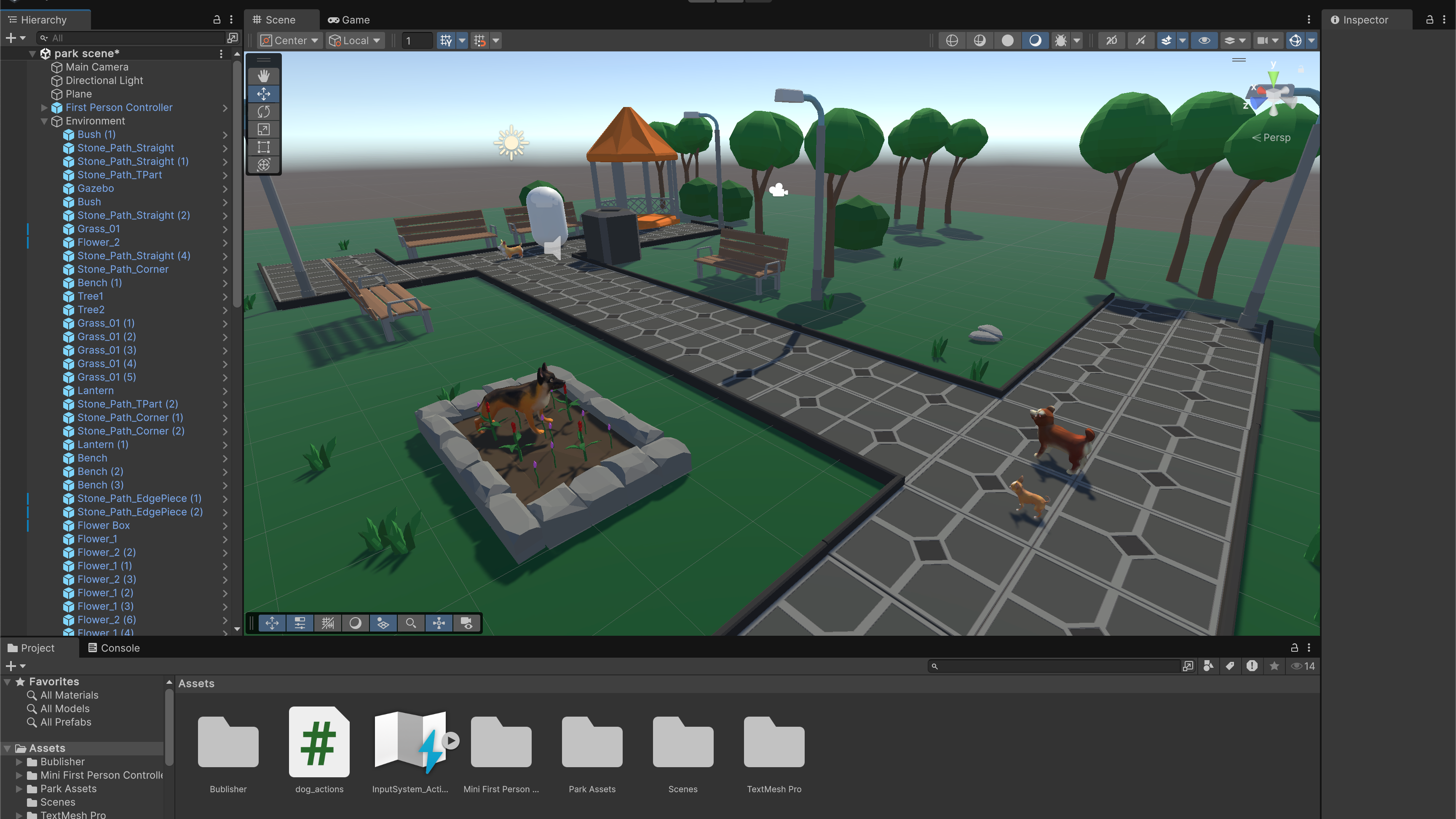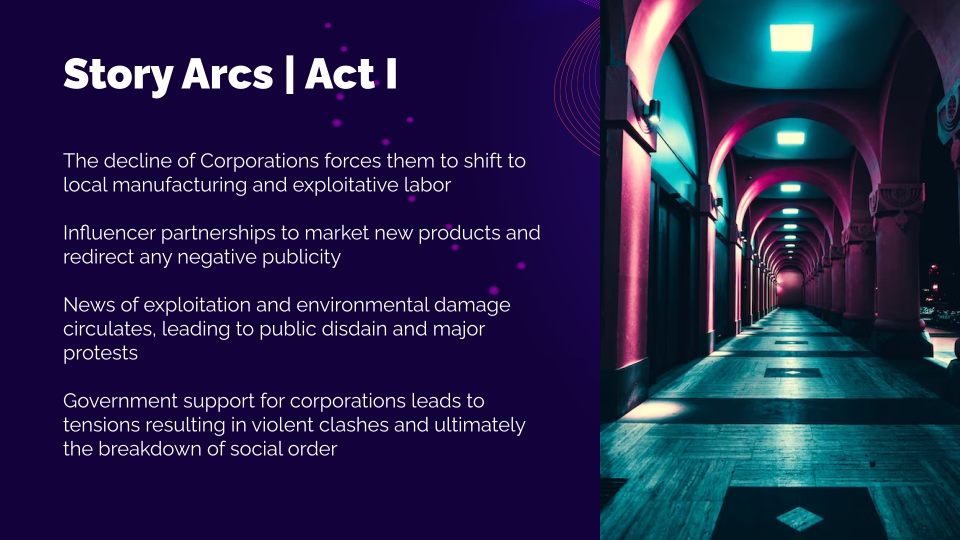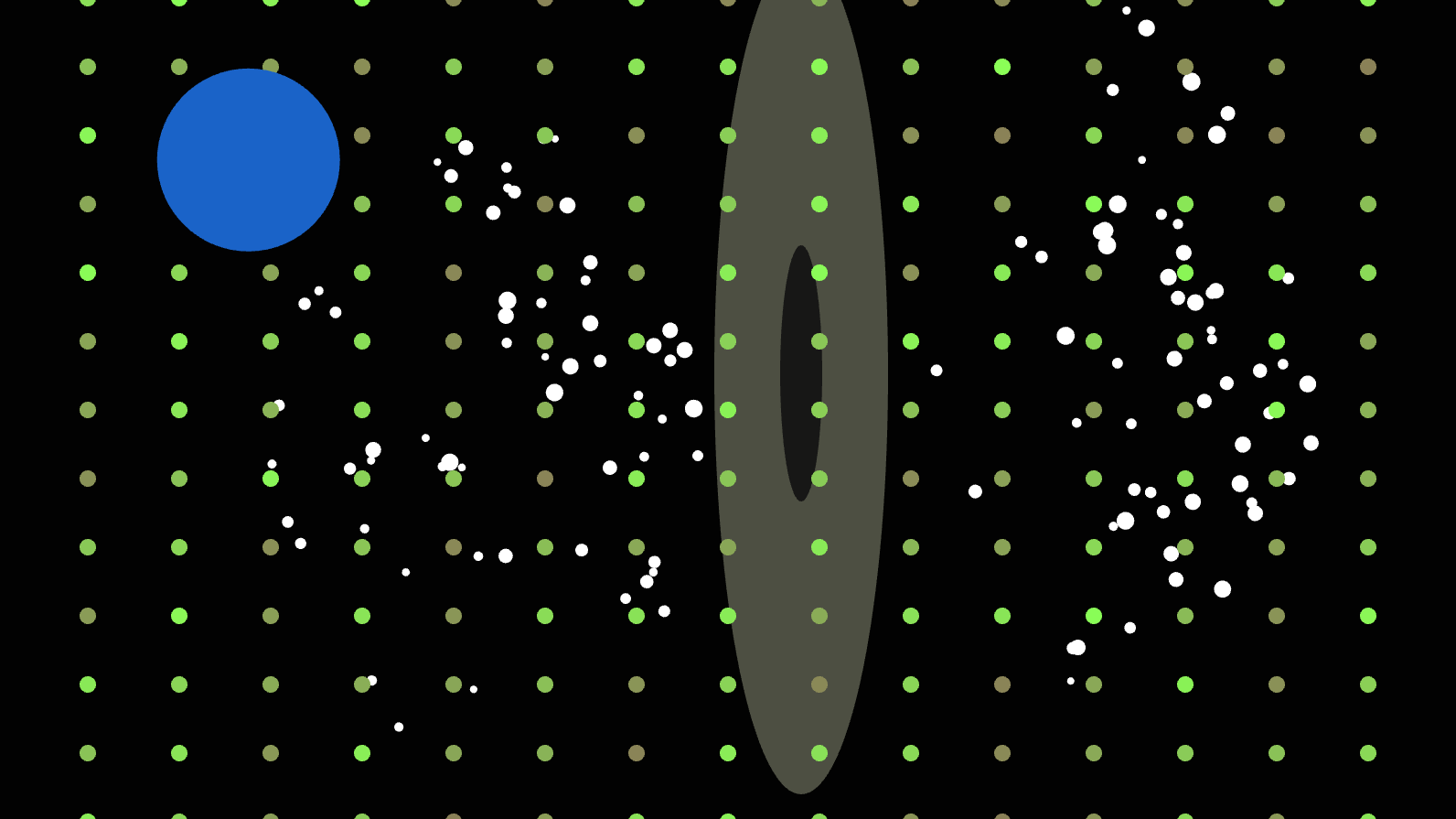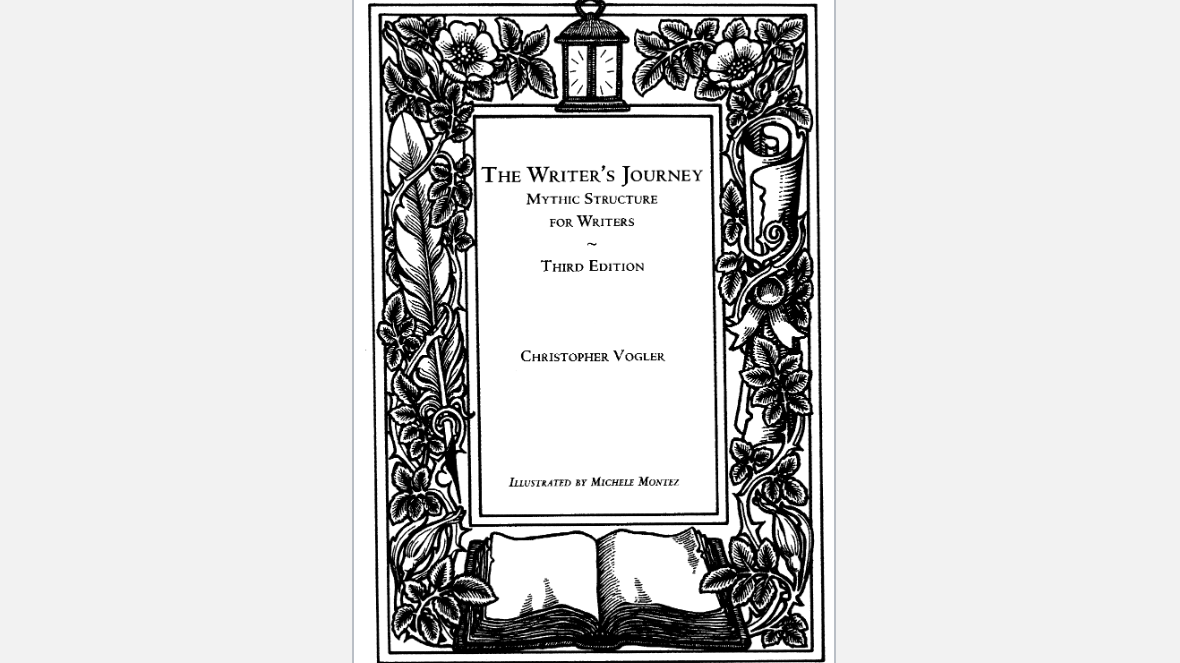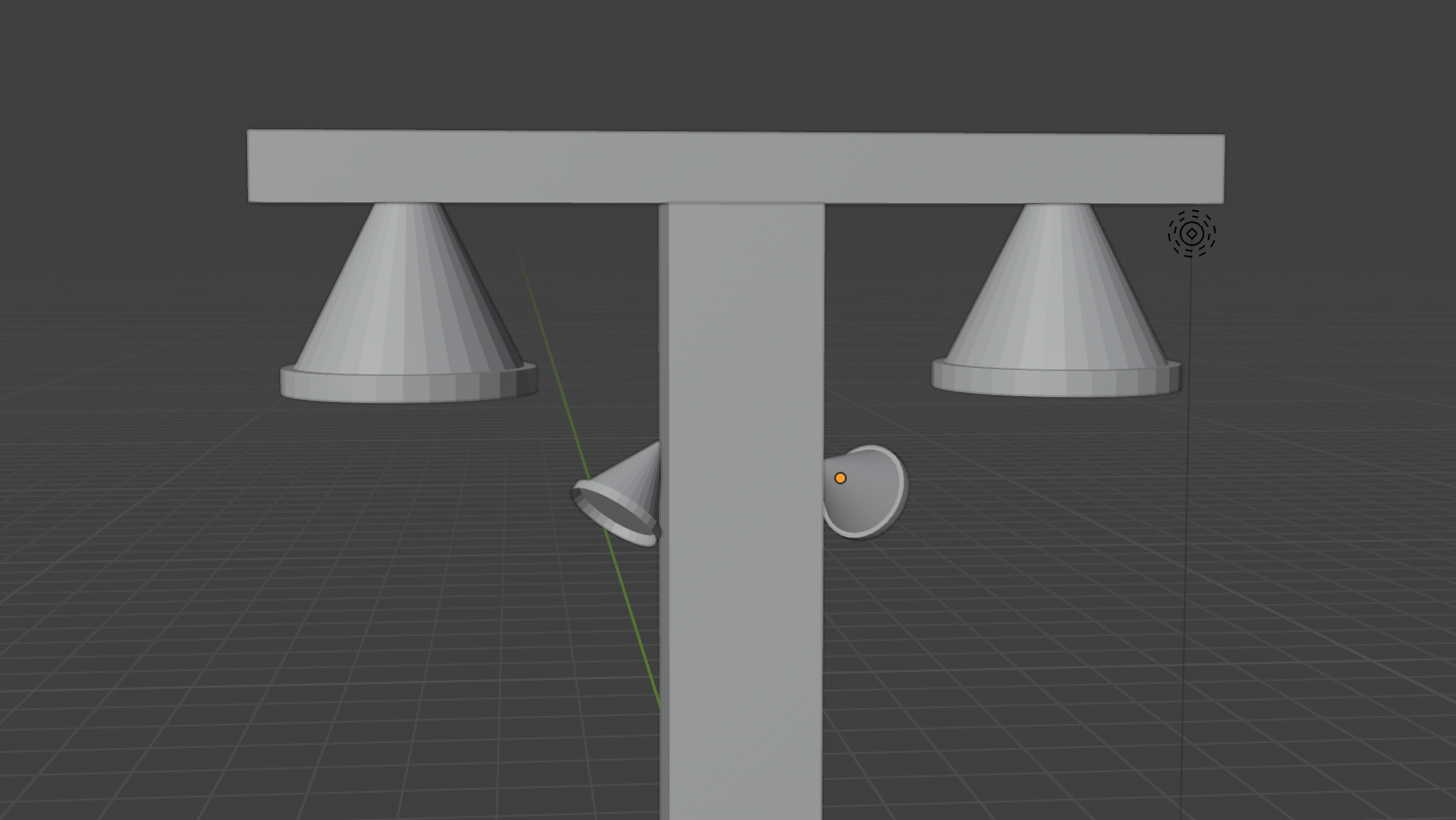My Main Takeaway
The main takeaway I got from this article is that designers, like authors, need to fully understand who their characters are and how they would behave in certain situations in order to provide systems/solutions that closely align with them.
“When I later came to work with and study scenarios, I was surprised to find that the scenarios never presented the users as vivid characters…Why use descriptions of users that the reader can’t engage in?”
I think that scenarios are meant to show how people from different parts of the world can connect over common situations. The reader or audience could picture themselves in such scenarios and even engage in them given the similarities it brings such as a level of empathy from one person to another. Although there are scenarios that paint a stereotype, that does not necessarily mean that they should be discounted from what happens in the real world. I do agree that scenarios should be curated in such a way that engages people because it further helps to understand what the underlying problem is that they are facing given the circumstances they find themselves in. Yes, surface-level scenarios do cause a disservice to the people we are trying to address, so in those situations, I believe look for a quick “solution” in order to move to the next thing.
“It is not necessary to show everything, but the author needs to have insight into the character in order to decide what should be shown, thus creating a consciousness of what background the character has and which traits motivate the character to act and force the story to develop.”
In reading this quote, I do believe that it is not necessary to showcase every single aspect of the character because there also needs to be some space for curiosity as you develop the journey of this person. Being able to truly understand a person’s character in knowing what they will say or do in even the slightest instances helps to develop a more consistent storyline and form better developments as you go along. The same applies to the field of design in truly understanding who you are keeping in mind as you are developing and creating solutions. When you have a clear and concise grasp of a person's behavior, you also have a better idea of what to look out for, what to steer clear of, or what to keep going towards. If you knew nothing about a character then you’d be developing a story that makes absolutely no sense and is unrelatable to people who come in contact with your story or design.
“A description of a human being must consider the physiological aspect as well as sociology and psychology, each influencing the character’s behavior. Looking at a person’s physiology, sociology and psychology provides an understanding of the motivations that lie behind his actions.”
This section of the article presents this other form of curating a more “rounded” character by looking at what makes up the person given their looks, societal interactions, and mental processes. I think this kind of approach has a relatively scientific approach to really breaking down the makeup of human behavior by first identifying the person at the most basic level of physical characteristics. The next level becomes a bit complex as it looks at how a person interacts with the rest of society given their cultural background or upbringing, for example. This can be of use when attempting to understand the next level, a person’s mental state or how they interpret the world around them. When you have this kind of breakdown, I feel like you’d be able to better understand the kinds of things that the person would benefit from and how they would interact with those things. I believe there is a sort of limitation to using this approach as it can potentially bring up assumptions about a character and their behavior looking at any of these three areas.
